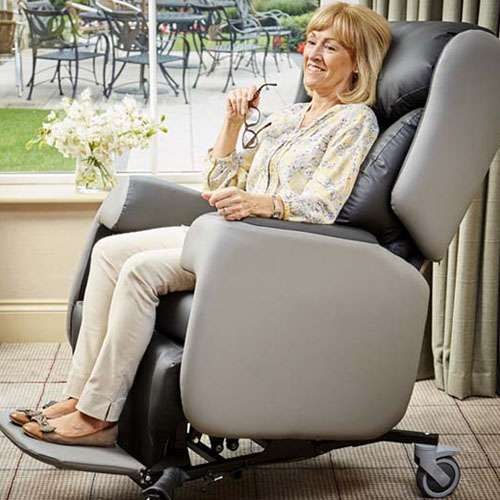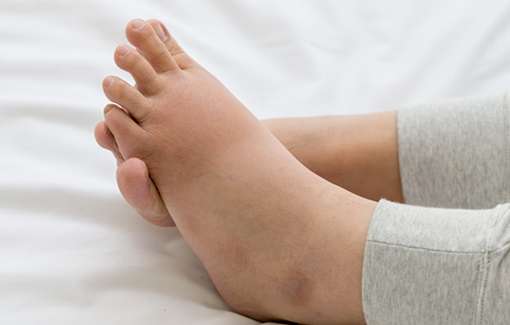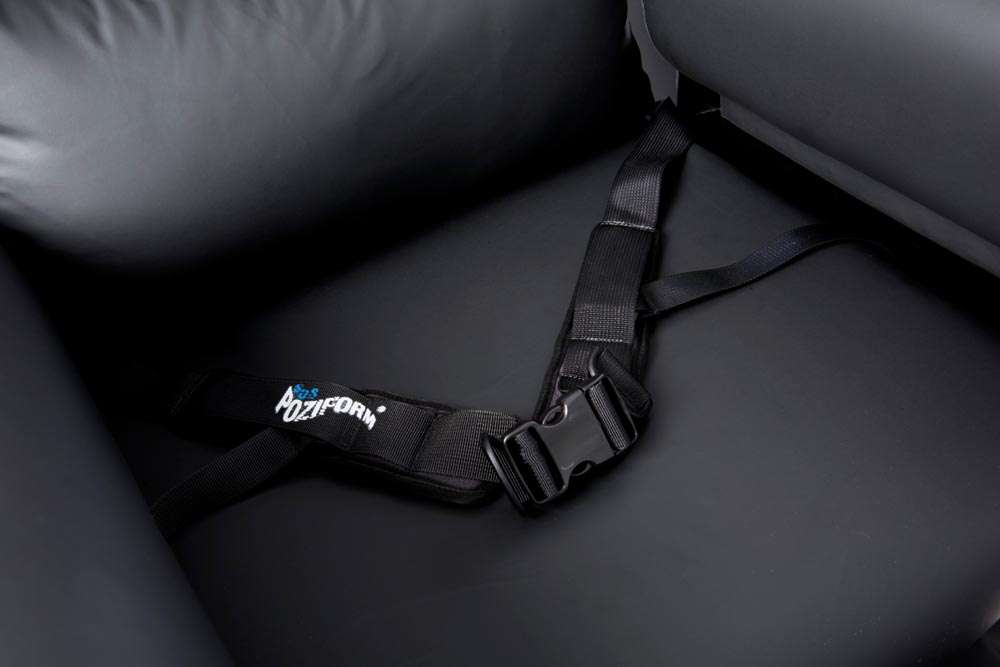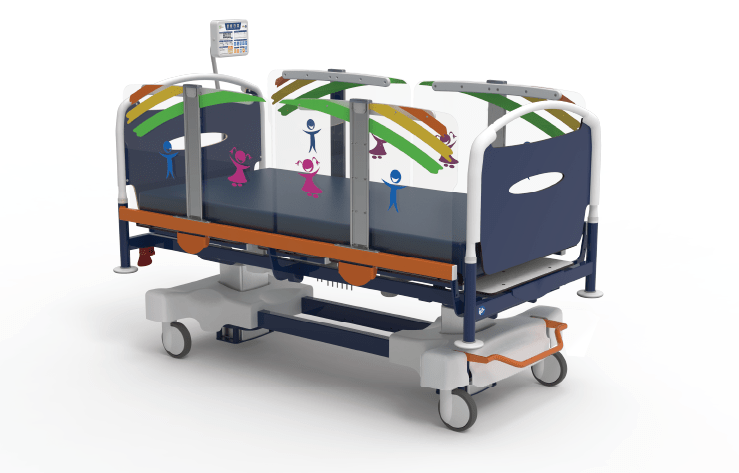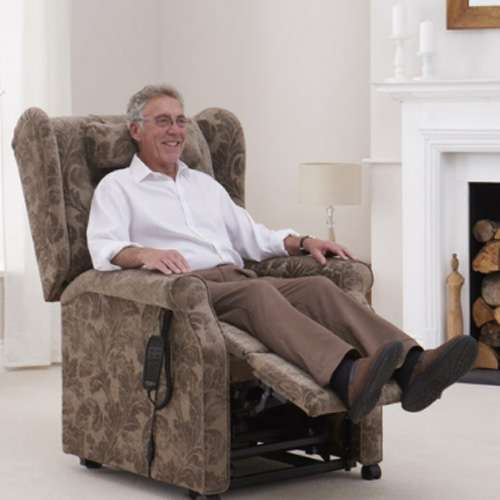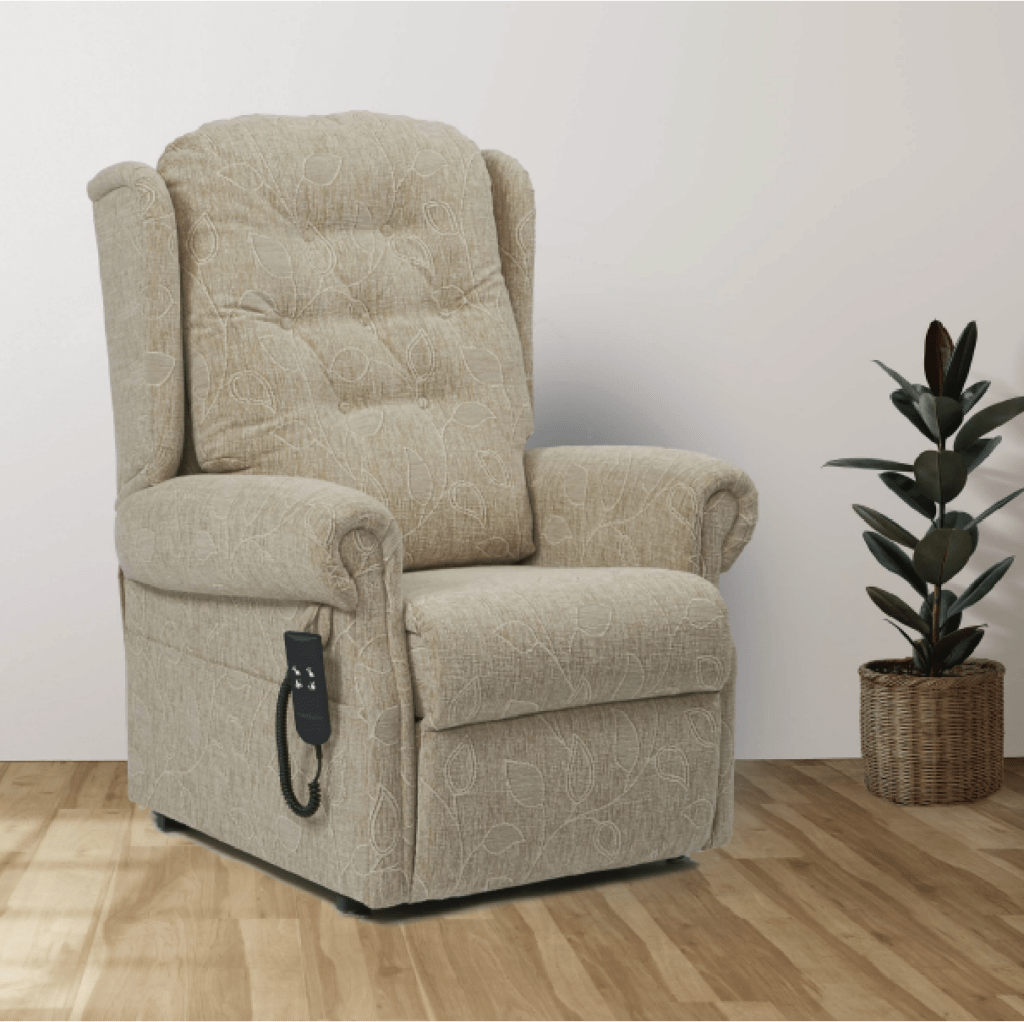What is Therapeutic Seating?
Therapeutic seating is supportive seating for people with restricted mobility or medical conditions, with extra comfort and pressure relief, to deliver a first-class seating experience.
The right therapeutic seating can help prevent pressure sores, improve posture and enable increased function.
As you would expect, there is a wide scope of different applications when it comes to finding the right therapeutic seating for yourself or a friend.
This article will help guide you through the different benefits and features of each type of seating so you can make a well-informed decision.
- An Overview
- Different Types of Therapeutic Seating
- Benefits of Therapeutic Chairs
- Fundamental Features to Look Out For
- Other Important Seating Features to Consider
- Conclusion
An Overview
It can be useful to think of the range available like a sliding scale. The further you go to the right, the more advanced the chairs get in terms of their therapeutic value.
It is important to get a correct assessment of your needs by a qualified seating assessor or Occupational Therapist. We have been carrying out joint seating assessments with OTs over the North of England for decades, if you would like a no-obligation assessment please contact us on the form below.
Book a Seating Assessment
If you are semi-ambulant and able to change your position in a chair fairly easily, it may be that a manual or electric riser recliner is the right option for you, whereas if you are confined to a bed or chair and unable to move independently, a care chair would be more suitable.
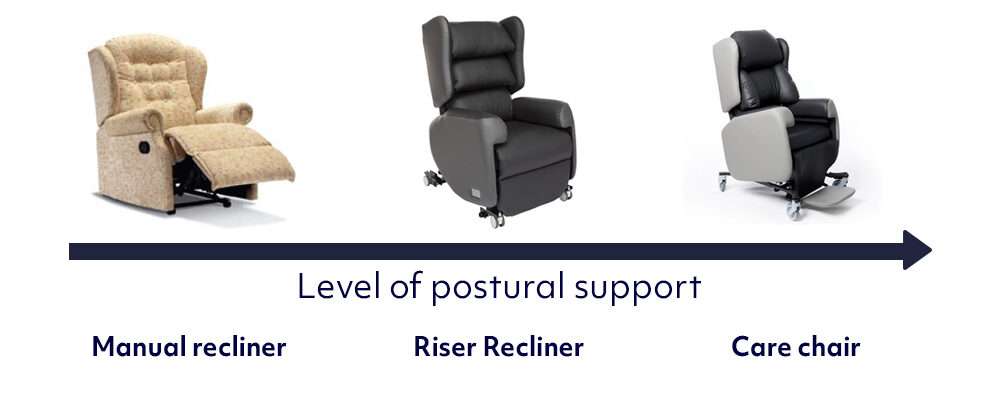
Different Types of Therapeutic Seating
All of this can seem a bit overwhelming at first, but it helps to understand the difference between a care chair and recliner chair, which this article covers in more detail, before going into the benefits of each.
In short, the key distinction between the two types of chair is the level of postural support they provide. Care chair users can sit in the chair for long periods at a time, because of the advanced postural features built into the chair. It should also be remembered that a care chair will provide for future client needs if they have a degenerative condition like MND, even if their current physical state doesn’t warrant it.
Riser recliners provide good levels of postural support, but are for more ambulant users who don’t need to be seated for such long periods of time.
Manual recliners are operated with a pull lever and are generally recline only, making them more suitable for able-boded users who are able to stand up from the chair unaided.
Benefits of Therapeutic Chairs
We now look more closely at the different benefits of each type of chair.
Fundamental Features to Look Out For
These features are foundational to any type of therapeutic chair you may be looking for, whether it is a care chair or a recliner.
Good Pelvic Positioning
This is a fundamental principle of any assistive seating, so that the patient’s pelvis is aligned properly. If not, it can cause lots of postural issues, so it is very important to get this right. This is something our qualified assessors can help you with.
Why not request our seating assessment ebook to acquaint yourself further with this important subject?
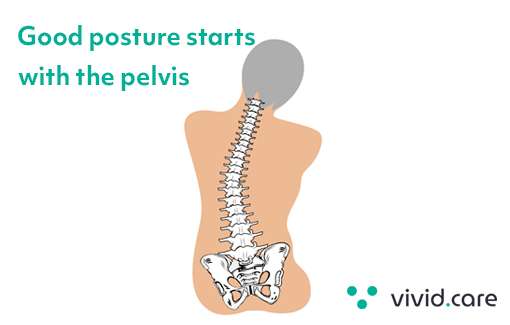
Tilt In Space
Tilt-in-space rocks the patient back whilst maintaining their sitting angle, using gravity to redistribute their weight more evenly across their body. This single feature is essential for maintaining good pressure relief as it shifts the pressure away from their buttocks and thighs, reducing the chance of pressure sores developing. It can be combined with legrest elevation and backrest recline to give the patient a nice recumbent position.
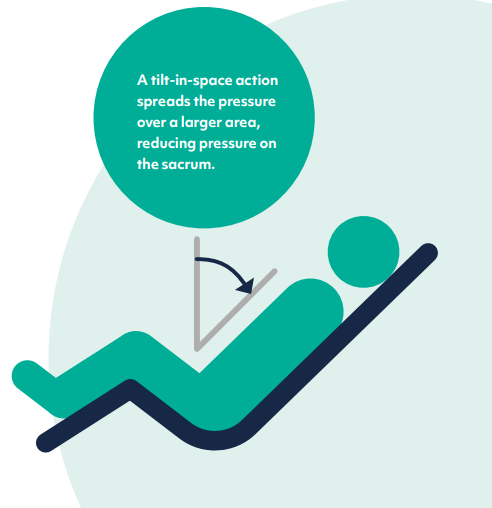
Tilt-in-space functionality
Other Important Seating Features to Consider
Adjustability
One size doesn’t fit all, which is why inbuilt adjustability can be used to tailor the chair better than standard S/M/L sizing can. As well as providing more tailored sizing, it future-proofs against any changes in the client’s weight or condition, and saves cost further down the line of having to replace the chair. Have a look at our Lento seating range for more details.
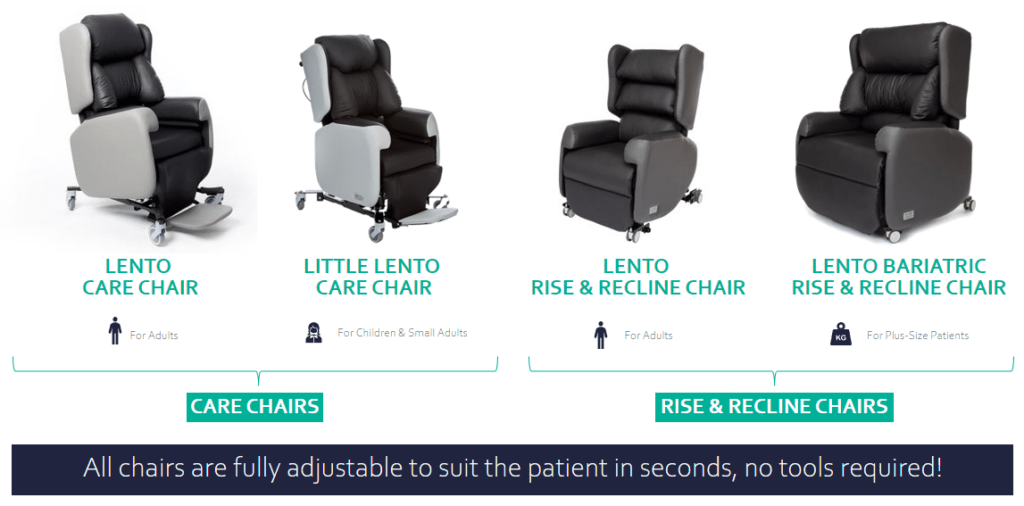
Head Supports
Making sure the patient’s head is supported and in the right position is an important factor in their overall comfort and wellbeing. As well as the ability to reposition the waterfall cushions on the Lento range, a high-level head support can be added, which stabilises and cushions the head to prevent leaning.
Lateral Support
Having the right lateral (sideways) support in the chair prevents leaning to one side. This comes in a variety of forms, from wedges to lateral backrest cushions, and is very subjective depending on the posture of the user. Read this article to learn more about how to prevent leaning in a chair.
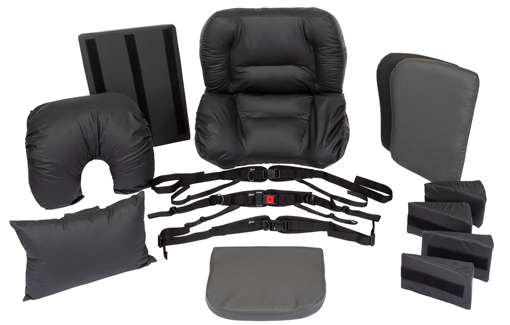
Footrest
Most care chairs come with a footplate which folds down to support the client’s feet. 19% of a person’s body weight goes through their feet, so a padded footrest can provide an extra level of pressure relief.
Carer Accessibility
Lastly, ease of use by carers is an important factor, particularly when client needs are higher and they need washing, transferring and other personal care. Chairs like the Lento Mobile are standaid and hoist compatible, and the sides can be easily removed to facilitate bed to chair transfers. If any soiling occurs, the Lento chairs can be quickly stripped down for cleaning, with magnetic cushions and recess-free surfaces.
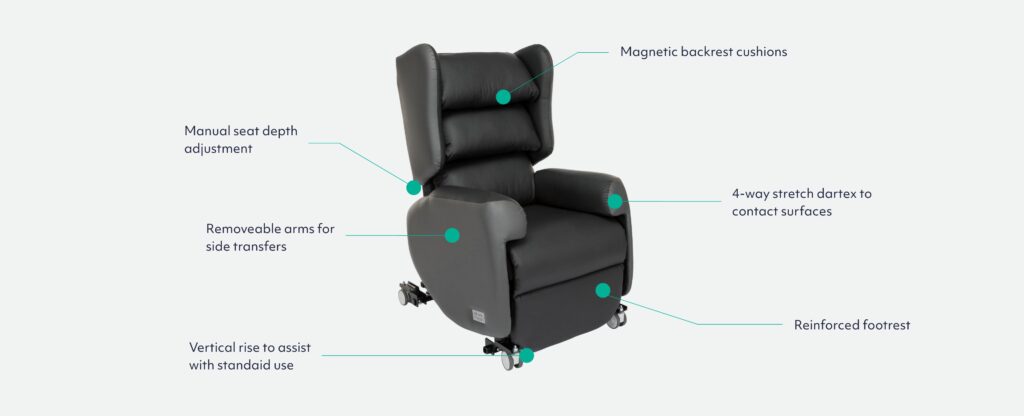
Lento Mobile Riser Recliner chair
Conclusion
Therapeutic seating is not an exact science, but it is important to get specialist advice to make sure the chair provides the right postural support, pressure relief and future-proofs the needs of the user.
We can help you specify the right seating, our assessors have years of experience and are used to working with individual people, their families and their carers.
Contact Us to Arrange a No Obligation Seating Assessment





